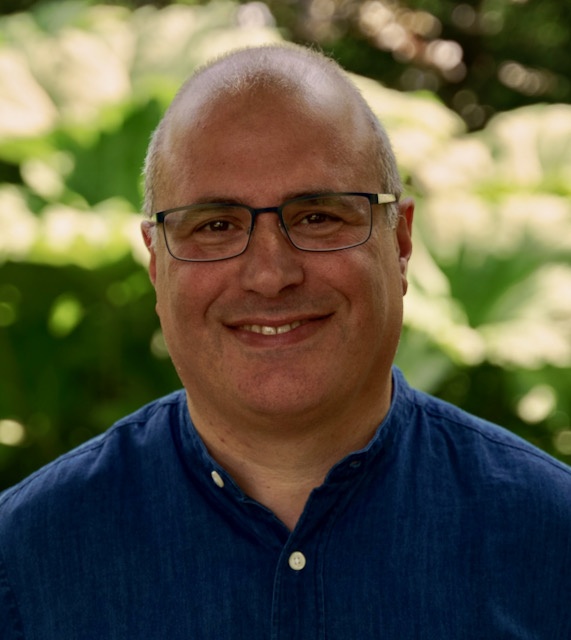The discovery of the skeleton of Richard III in a Leicester car park has sparked worldwide interest. What does it tell us about our relationship with the figures that shape our sense of history or with the Buddha. Thought for the Day 8/2/2013
In Shakespeare’s Julius Caesar, Mark Anthony tells the crowd, “The evil that men do lives after them; the good is oft interred with their bones”. Until now, so has it been with Richard III. Shakespeare’s portrait of a man twisted in both his body and his soul has defined our image of the Plantagenet king. But what happens when the bones are disinterred?
The excitement sparked by the skeleton in that Leicester car park says much about our relationship with the figures that shape our sense of history. It brings the long-buried past right into the present, touching our yearning to discover the truth buried beneath the legends.
But here’s the irony. Although Richard’s bones promise factual truth, they can’t tell us if he was a reforming ruler blackened by Tudor propaganda or a ruthless tyrant who murdered the Princes in the Tower. In any case, Richard reigned for just two, troubled years. The reason he still commands our interest is the appeal of the compelling, comic villain created by Shakespeare. His Richard is an artistic creation that has delighted actors and charmed audiences for four centuries, regardless of the historical truth.
There’s a parallel in our responses to religious figures. Imagine the excitement and furore that would greet a facial reconstruction of Jesus or the Buddha! If such figures are important to you, it’s natural to want to come close to them and know what they were really like. That’s why scholars examine religious texts in an effort to distinguish the original words of the author from later additions.
I know from my own research into the early Buddhist texts that we’ll never be able to say for sure which parts go back to the Buddha and which have been added. But I also find in them a coherent set of teachings that add up to a persuasive and inspiring vision of human life. I continue to read them in order to encounter the author of that vision: the Buddha himself. I want to hear his distinctive voice and feel its wisdom reverberating in my own life.
The Buddha and Richard III are both long dead, but they live on because something about them appeals to our imaginations. In Richard’s case, this is the result of Shakespeare’s artistry; in the Buddha’s I ascribe it to his own spiritual vision. Bones, stones, words and other evidence must shape our understanding of the past; but it only comes alive when we imagine it.


